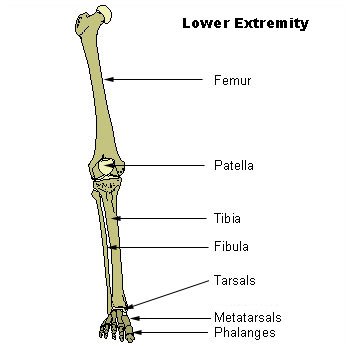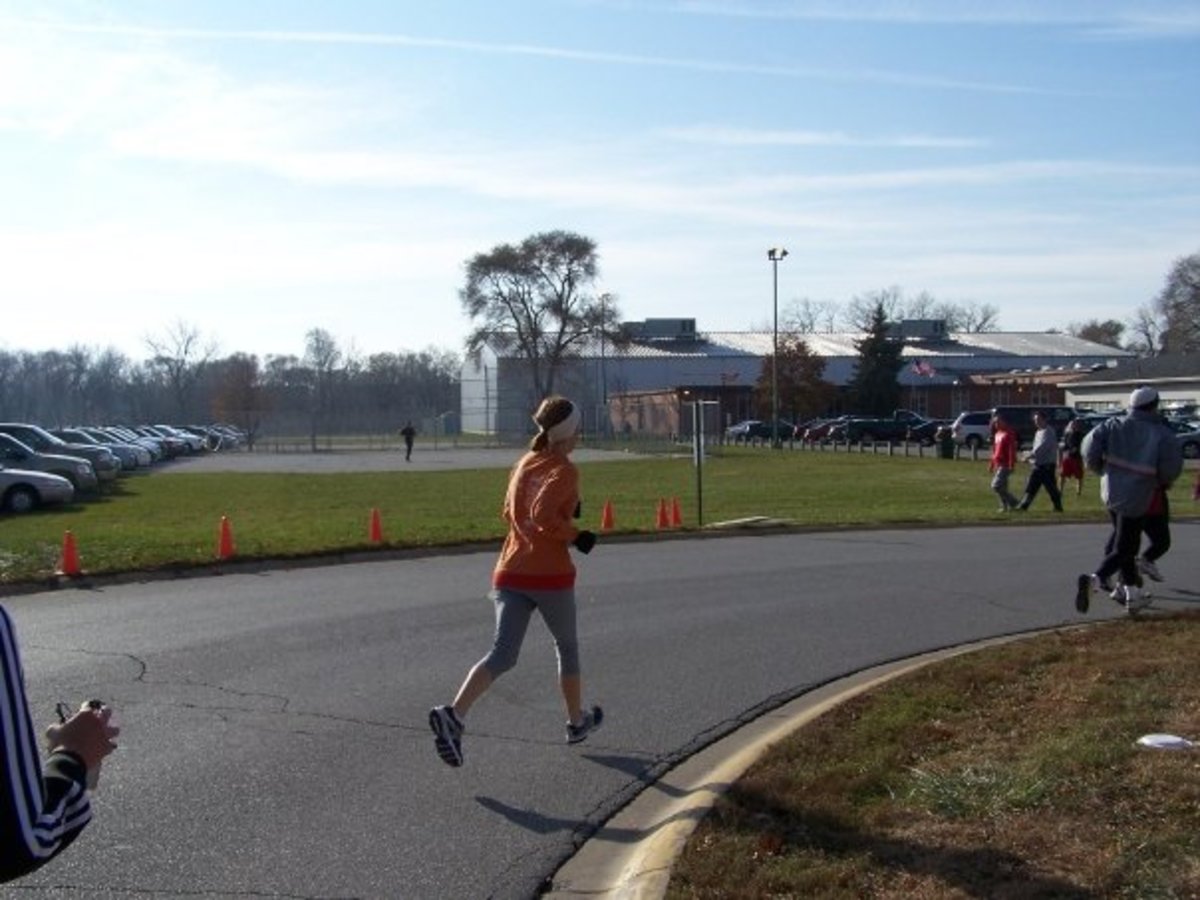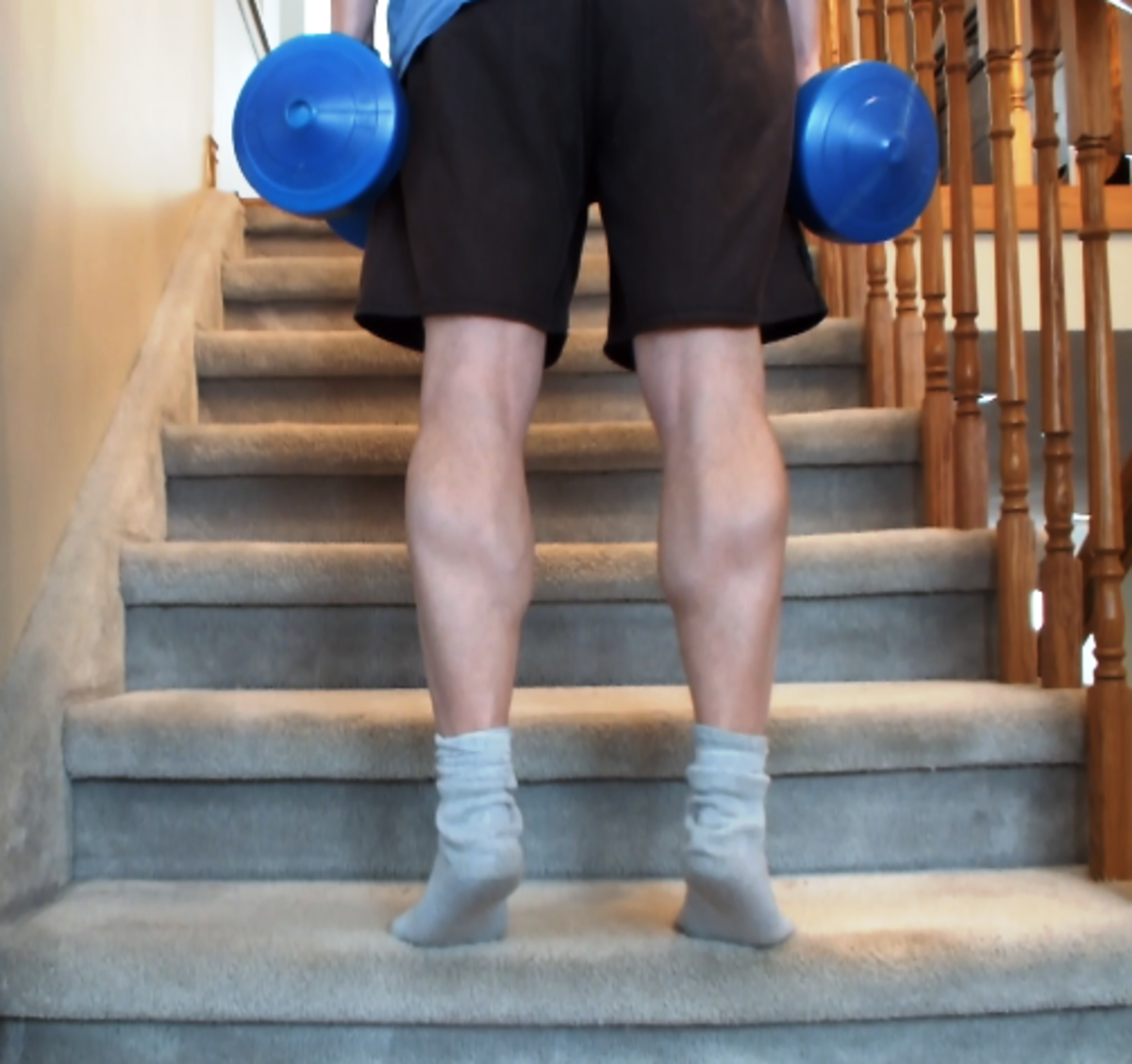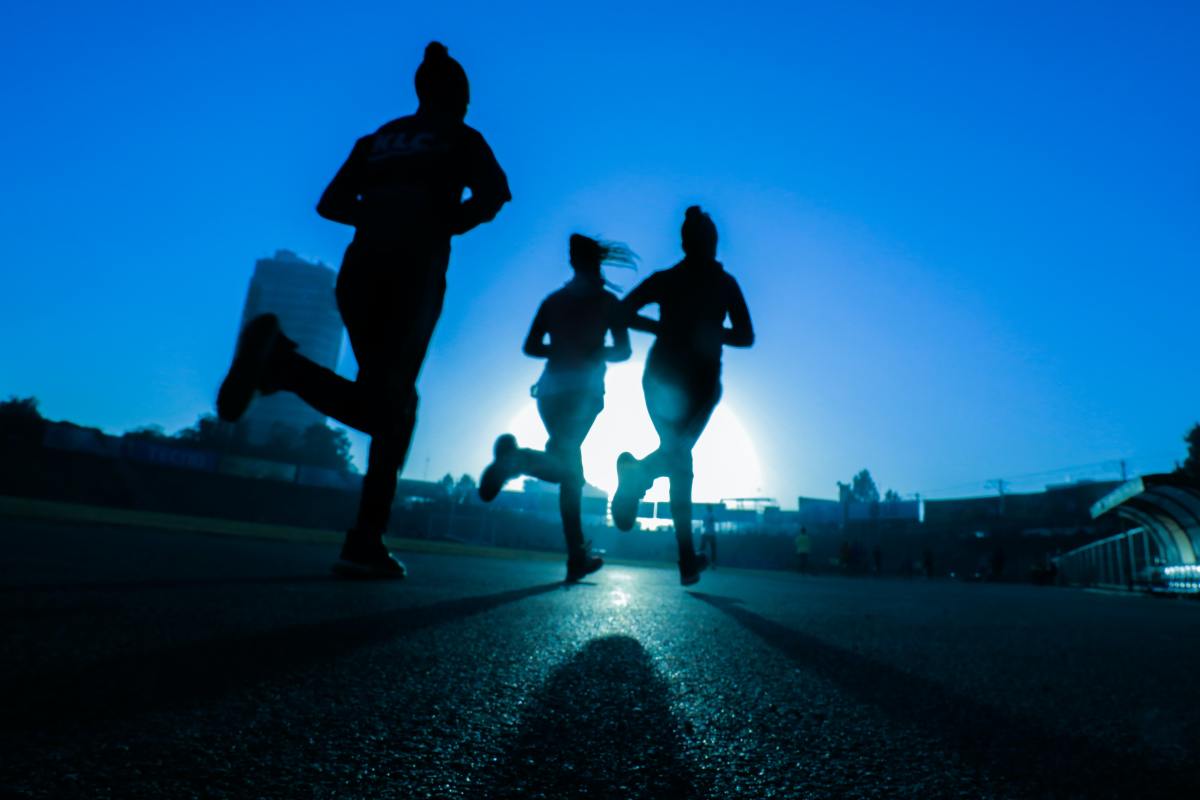How to Prevent Shin Splints in Beginning Runners

Shin Splints: A Common Runner's Injury
Although shin splints occur most often in runners, tennis and basketball players and even walkers can get this annoying, painful condition. Shin splints are inflammation in the lower leg, between the knee and the ankle, either on the outside (anterior) or the inside (medial) of the leg. They are caused by trauma to the connective tissue surrounding the tibia bone (see illustration). This injury is directly related to repetitive pounding or sudden stops and starts, usually on hard surfaces. They are a top injury in beginning runners and athletes who suddenly change their running program or return to running after taking a break. The good news is that shin splints are both curable and preventable.
Top Injuries for Runners
Blisters
Runner's Knee
Shin Splints
Plantar Fasciitis
Achilles Tendinopathy
*According to Runnaddicts.net
How to Prevent Shin Splints
Don't run too far too fast
Beginning runners have a tendency to increase their distance much too quickly. Just like any other sport, the muscles in our body need time to condition and adjust to the new activity. You should not run too far or too fast before your legs are conditioned. A good rule is not to increase your distance by more than ten percent a week. For example, middle school cross country runners could start their training at 0.5 miles three times a week and increase it by 0.25 miles per week.
Strengthen your shin muscles
As part of your training program, do exercises to strengthen your muscles. As shown in the above video, the "Heel Walk" and the "Toe Walk" are excellent exercises to help prevent shin splints. Stretching the Achilles by sitting on the floor and pointing the toes to the knees for 10 repetitions is also good conditioning. Tracing the alphabet with your toes is yet another helpful exercise.
Learn good running form
One cause of shin splints is too much impact to the lower legs, most often caused by heel striking. This is a common mistake of beginning runners. The shock of the heel hitting the ground repetitively irritates the tissue in the lower legs and shins resulting in inflammation and pain. A runner should not land on their heels--ever. Runners should land on the midfront to forefront. By doing this, the arch of the foot acts as the shock absorber designed by Mother Nature. Landing on the heel send the impact up the leg and causes jarring. Listen to your foot strike when you run, if you are stomping your feet and making a loud clomping sound, you need to pay attention to your form before you do damage.
Wear good running shoes
Most beginning runners start out running in basic gym shoes or cross trainers. Wearing shoes that do not fit properly or do not have adequate support is a big problem. Cross trainers have a much bigger heel than running shoes and many are designed to facilitate a heel strike. Running in a cross trainer may actually teach a young runner to heel strike, thus increasing the likelihood of shin splints.
Your best bet is to go to a specialty running store and get fit by an expert. Even if you do not buy your shoes there, take the time to learn what type of running shoe is best for your foot and the type of running you will be doing.
Run on soft surfaces
Especially important for a beginning runner, limit the amount of running on hard surfaces. Try to run on dirt, mulch, crushed gravel or a padded track surface. Avoid concrete if at all possible. Even treadmills have varying degrees of cushion.
National Organizations for Youth Runners
- USATF - Youth - Programs - Junior Olympics
- AAU Athletics > Home
The Real AAU Athletics - USA Track & Field - Home
USA Track & Field provides resources for runners and coaches. - Nonprofit Girls Running Program | GirlsOnTheRun.com
Girls on the Run is a transformational learning program for 8 to 13 year-old girls. We teach life skills through dynamic, conversation-based lessons and running games. The program culminates with the girls being physically and emotionally prepared to
Treatment for Shin Splints
Unfortunately, there is no quick cure to eliminate shin splints once you have them. Applying daily ice treatments to the shins and taking ibuprofen will help with pain and swelling, but resting the shins and allowing them time to heal is your best bet. Exercising during this recovery period can include riding a stationary bicycle or an elliptical machine. Wearing compression socks may also help the healing process. Typically shin splints can last three to six weeks.
If the pain is persistent, do not hesitate to seek medical treatment. It is important to rule out the possibility of a stress fracture. A small crack on the bone can do great damage over time if not treated.
Advice for Parents of Youth Runners
- If on a team, make sure your athlete has a trained and qualified coach.
- Be involved in the training regimen so you can gauge what is too much. Make sure your runner develops a base first to avoid injury.
- Encourage your runner to do the preventative exercises of the heel and toe walk.
- Buy good running shoes (last year's models come with a reduced price tag)
- Make sure your athlete listens to her body. Know what pains to run through and what pains to pay attention to. Pain that lasts after the runner stops is pain to take notice. Also, pain that does not go away after the warm up run may be an indication of something wrong.
- Do not force your child to run if they do not want to. Running is hard work and will be a miserable experience if it is forced.








